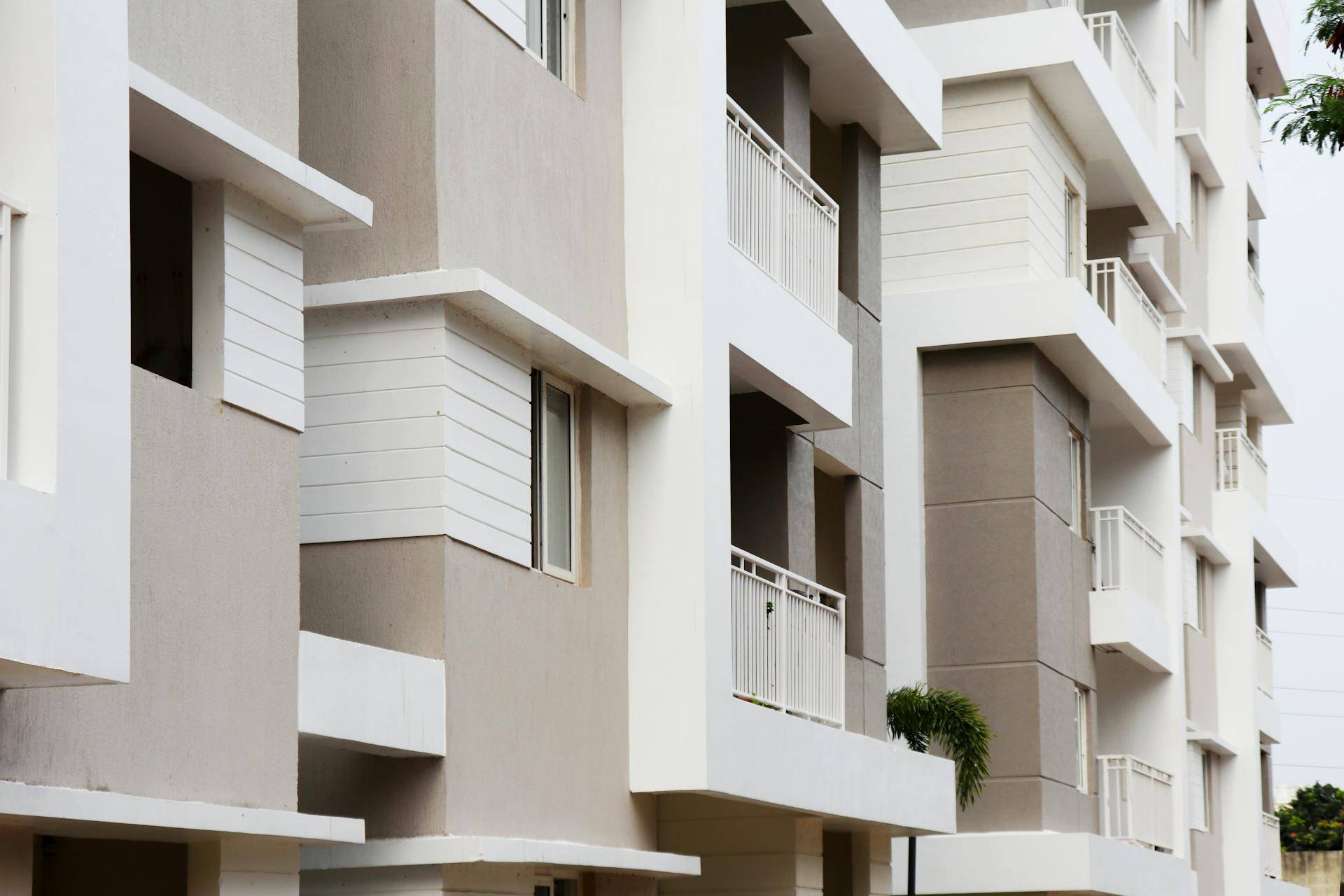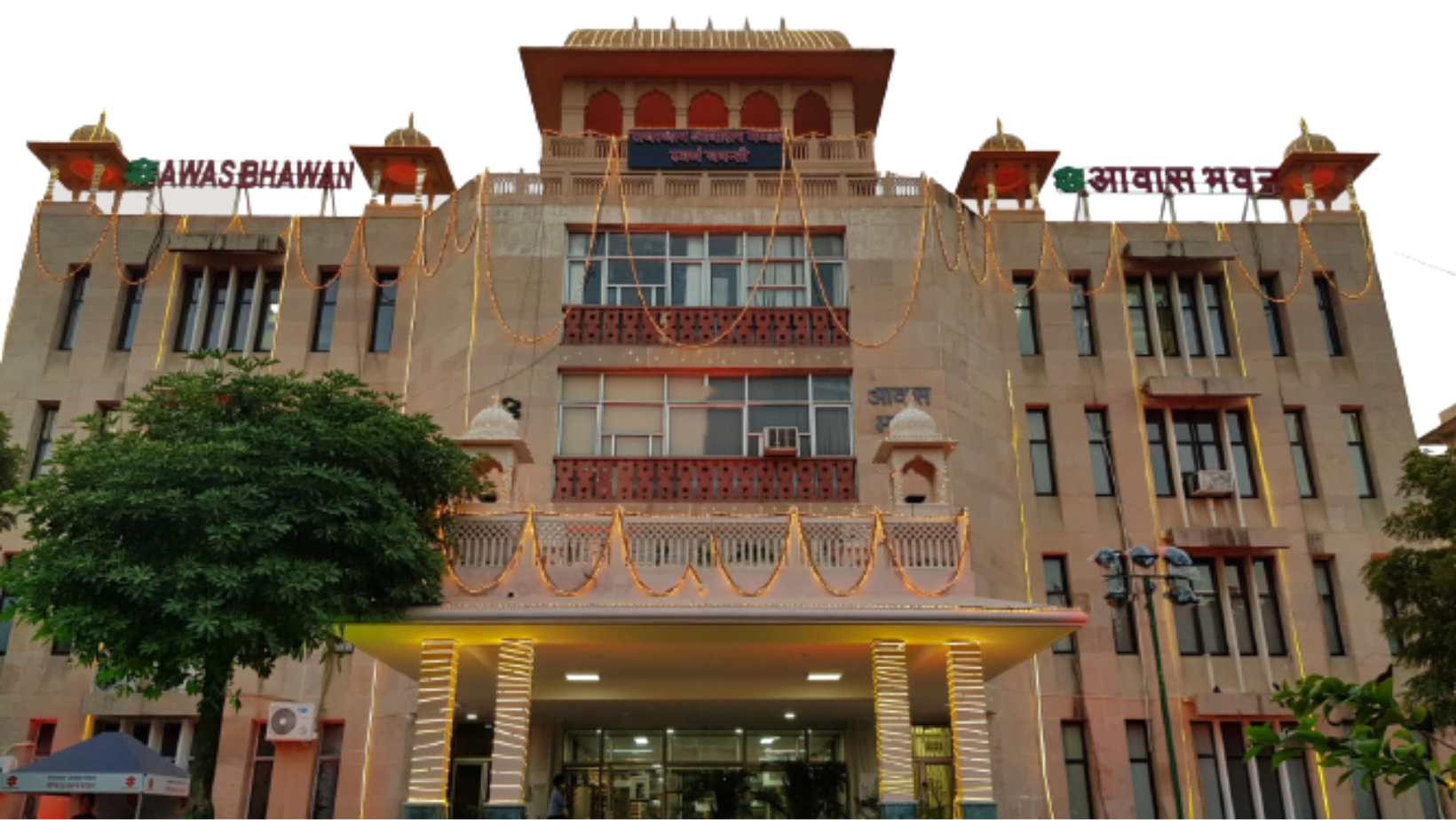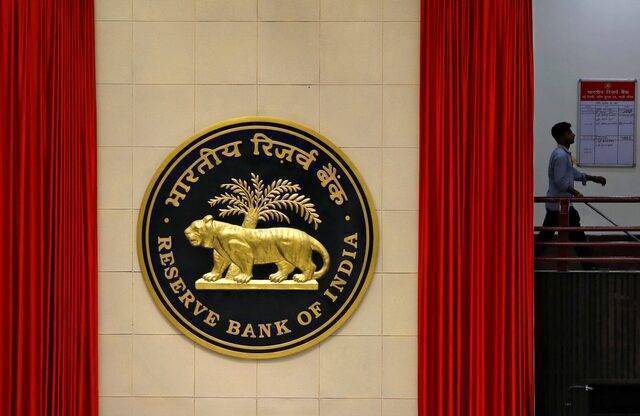The Reserve Bank of India’s (RBI) recent rate cut, as outlined in the Monetary Policy Report 2024, has sparked optimism in the real estate sector, particularly in the mid-housing and affordable segments. Lower borrowing costs for homebuyers and reduced financing expenses for developers are expected to accelerate demand and project execution.
Mid-Housing and Affordable Segments Set for Growth
The rate cut, coupled with revised income tax slabs and the Rs 15,000 crore ‘SWAMIH 2’ fund announced in the Union Budget, is likely to fuel real estate growth. The reduction in interest rates is expected to make home loans more affordable, increasing the purchasing power of aspiring homeowners, particularly in the mid-housing and affordable categories.
Market analysts highlight that this move is a significant boost for the sector, especially in affordable and mid-segment housing, where demand has been rising. Lower borrowing costs are expected to enhance home loan affordability, bringing homeownership within reach for many buyers.
Tax benefits announced in the FY26 budget, along with the rate cut, are also expected to accelerate sales. Lower interest rates could encourage homebuyers to invest in property, seeking an upgraded lifestyle and long-term financial security.
“The RBI’s decision to reduce the repo rate by 25 basis points to 6.25% is a significant step toward making home loans more affordable and boosting demand. This will benefit homebuyers, especially first-time buyers and those upgrading, by improving affordability and confidence in the market. Moreover, it will also support demand for premium and luxury housing. Overall, this move will drive growth, strengthen the real estate sector’s contribution to the economy, and support steady development across regions", said Aman Trehan, Executive Director, Trehan Iris
Developers Expect Stronger Market Sentiment
Developers anticipate that improved credit access will facilitate smoother project financing and execution. A rate cut after a prolonged period is being seen as a positive development, as historically, reduced interest rates have triggered an upswing in housing demand. Improved credit access is likely to support developers in securing funding for project execution, ensuring steady supply and timely deliveries.
The impact of lower interest rates is also expected to make home loans more accessible for aspiring homeowners and first-time buyers. Housing finance institutions believe that reduced mortgage rates will directly enhance affordability, encouraging more individuals to enter the housing market.
"For us, the RBI’s momentous decision to reduce the repo rate to 6.25% is a much-needed boost for the real estate sector. Lower interest rates will lead to lower home loan EMIs, which in turn makes homeownership more affordable for buyers. This will spur consumer confidence, encourage more first-time buyers, and create renewed momentum in the housing market. It will also enable a favourable lending environment for investors which could stimulate demand in both residential and commercial real estate. All in all, this step is in line with the industry’s need for continual growth and a healthy property market", said Shashank Vashishtha, Managing Director, eXp Realty India.
Challenges and Concerns Amid Optimism
Despite the positive sentiment, certain challenges could dampen the impact of the rate cut. Rising property prices, the depreciating rupee, and uncertainty regarding the extent to which lenders will pass on the benefits to borrowers remain key concerns.
ANAROCK research indicates that average housing prices rose between 13-30% in 2024 across the top seven Indian cities, with an average price of Rs 8,590 per square foot. The effectiveness of the rate cut may be limited if inflation remains high and property prices continue to rise. Additionally, the extent to which banks will pass on the full benefit to borrowers in a timely and seamless manner remains to be seen.
While the rate cut aims to balance growth and inflation management, vigilance is necessary regarding its impact on currency depreciation. The depreciating rupee, which recently closed at 87.58 against the US dollar, could affect foreign investments in the sector. Analysts point out that while lower mortgage rates will support the real estate sector, currency fluctuations may pose additional risks.
Expectations for Further Rate Cuts
With inflation control remaining a priority, additional rate cuts are anticipated in upcoming RBI meetings. The expectation is that if inflation remains within the central bank’s target range, further cuts could reinforce the positive trajectory for real estate demand, particularly in mid-housing and affordable segments.
India’s inflation rate stood at 5.22% in December 2024, and the RBI has projected an inflation rate of 4.2% for the financial year 2026. If inflation continues to ease, future rate cuts could provide additional stimulus to the real estate sector, improving overall affordability and demand.
The RBI’s rate cut, as highlighted in the Monetary Policy Report 2024, has created a favorable environment for the real estate sector, particularly for the mid-housing and affordable segments. While the reduction in borrowing costs is expected to drive demand, challenges such as rising property prices and currency depreciation must be managed. The sector remains hopeful for further rate cuts that would enhance affordability and drive sustained growth in the housing market.









.png)